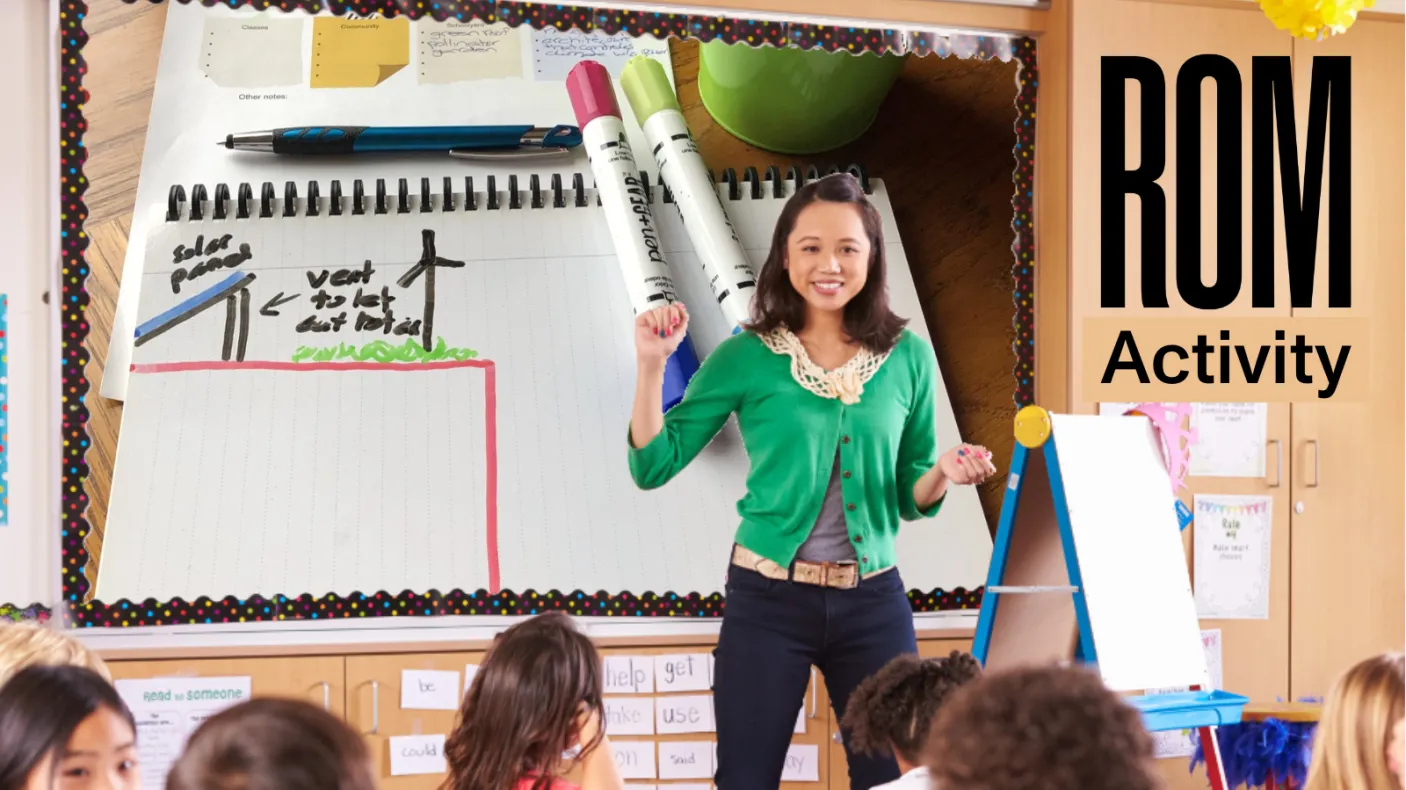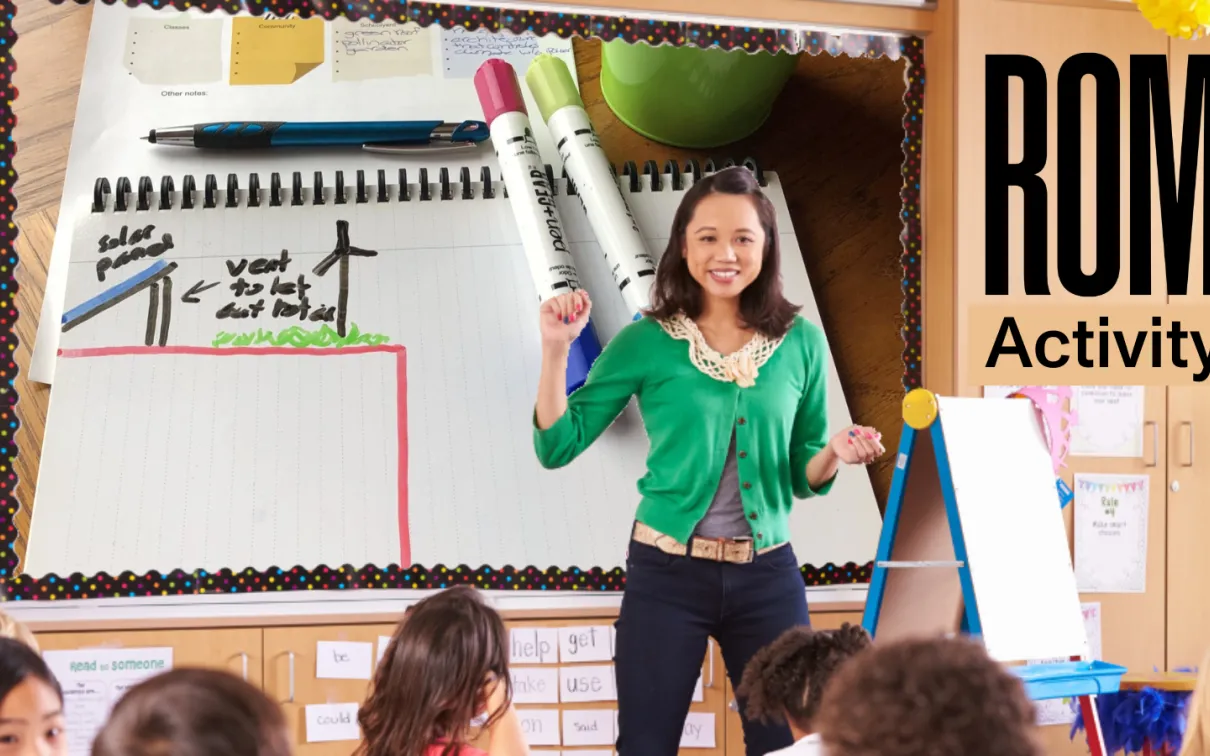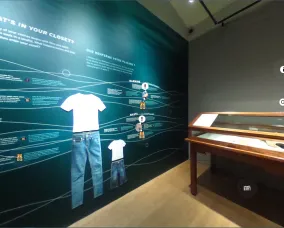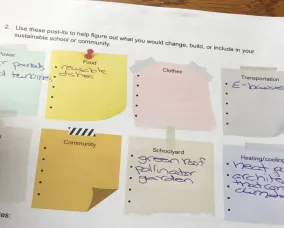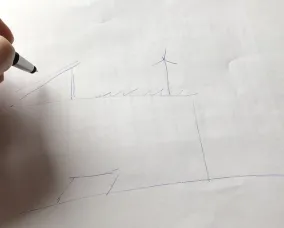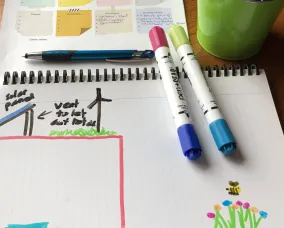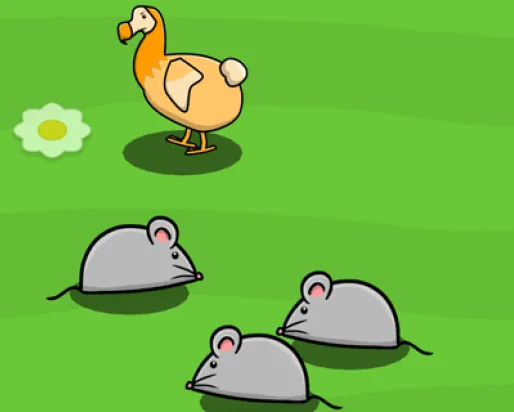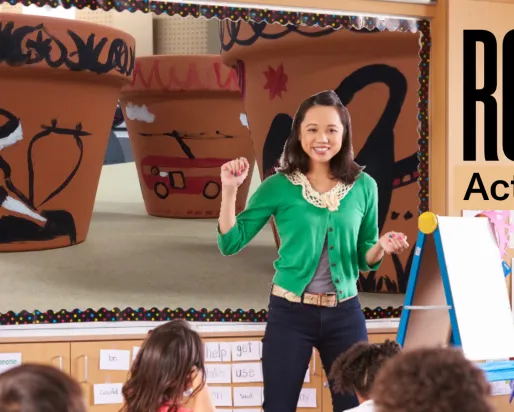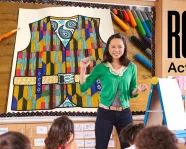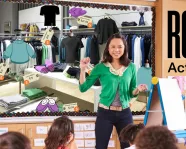Project: Sustainable Style: Sustainable School or Community
Category
Duration
Audience
Age
Grades
About
If you had the power to change your school or community, what would you change to make it more sustainable?
You can also download this activity as part of our Sustainable Style workbook.[Coming soon!]
Getting Started
Sustainable Style is inspired by the Lifers exhibition at ROM created by artist Noelle Hamlyn.
In 2019, Noelle collected some life jackets that had washed up on a beach, and these life jackets inspired Lifers.
Noelle found previously used clothing in thrift stores and other places, and tailored them to cover the life jackets. These “Lifers” were made to inspire thoughts and questions. One important question is “how can we live more sustainably?”
This activity challenges you to re-imagine our relationship with the world around us. If you had the power to change anything and everything about your school or community, how would you re-design it in a sustainable way?
Context
Learning Goals
- Consider how aspects of daily life impact and are impacted by climate change and sustainability
- Apply knowledge and understanding of climate change and sustainability in a project-based format.
- Explain how design choices address climate change and sustainability goals.
Background Information
When Noelle Hamlyn is creating a Lifer, she thinks about the style of the clothing, how it was originally meant to be worn, how it was made, what the worn spots say about how its original owner wore it, and how it was decorated.
Noelle wants to remind us that every piece of clothing holds a story worth preserving, and Lifers help to tell that story.
At the same time, Lifers also make us think about how the ways we make and use our clothes affects the Earth around us.
The effects of the fashion industry affect water, the climate, the workers involved, and the waste we produce. [Sustainable Style Tour]
By applying everything you’ve learned from the Sustainable Style tour and activities to re-imagine your school or community, you can help teach others how to make more sustainable choices, and remind yourself how to make sustainable choices in the future.
Materials & preparation
Materials
- Sustainable Style Tour
- Sustainable School worksheet
- Pencil
- Paper
- Colouring tools
- Modelling supplies (optional)
- Digital design tools (optional)
- Sustainable Style Minecraft world (optional)
Preparation
Tips
Use Part 2 of the Sustainable Style world to make the local school (or entire community) more sustainable.
- Sustainable Style Student Site (with world download)
- Sustainable Style Teacher Site (with lesson plans)
Dig Deeper
Follow-Up
Guiding Questions:
- How has this project changed the way you think about sustainable choices?
- What are some new things you learned doing this project?
- Will you make any changes in your own life based on what you learned? Why or why not?
Extension Activities
- Research local Indigenous Ways of Knowing. What sustainable practices could help you with your sustainable school plan?
- Make a case to your principal or vice principal to use some of your sustainable ideas at school.
- Brainstorm sustainable solutions you can use in your classroom.
Glossary
Fast Fashion: Clothing and accessories based on the latest fashion trends, produced very quickly for mass-market purchase. Clothing is often cheaply made but low-cost, encouraging repeated bulk buying by consumers.
Climate Change: A significant, long-term change in the world climate, which can be brought about by either human or natural factors.
Sustainability: The ability to balance the needs of the present without compromising the ability of future generations to meet their own needs.
Indigenous Ways of Knowing: From the Office of Indigenous Initiatives at Queen's University: "Indigenous Ways of Knowing is a useful term that recognizes the beautiful complexity and diversity of Indigenous ways of learning and teaching. Many people continue to generalize Indigenous experience and lived realities. The intent of the phrase "Indigenous Ways of Knowing" is to help educate people about the vast variety of knowledge that exists across diverse Indigenous communities. It also signals that, as Indigenous Peoples, we don't just learn from human interaction and relationships. All elements of creation can teach us, from the plant and animal nations, to the "objects" that many people consider to be inanimate.” Learn more
